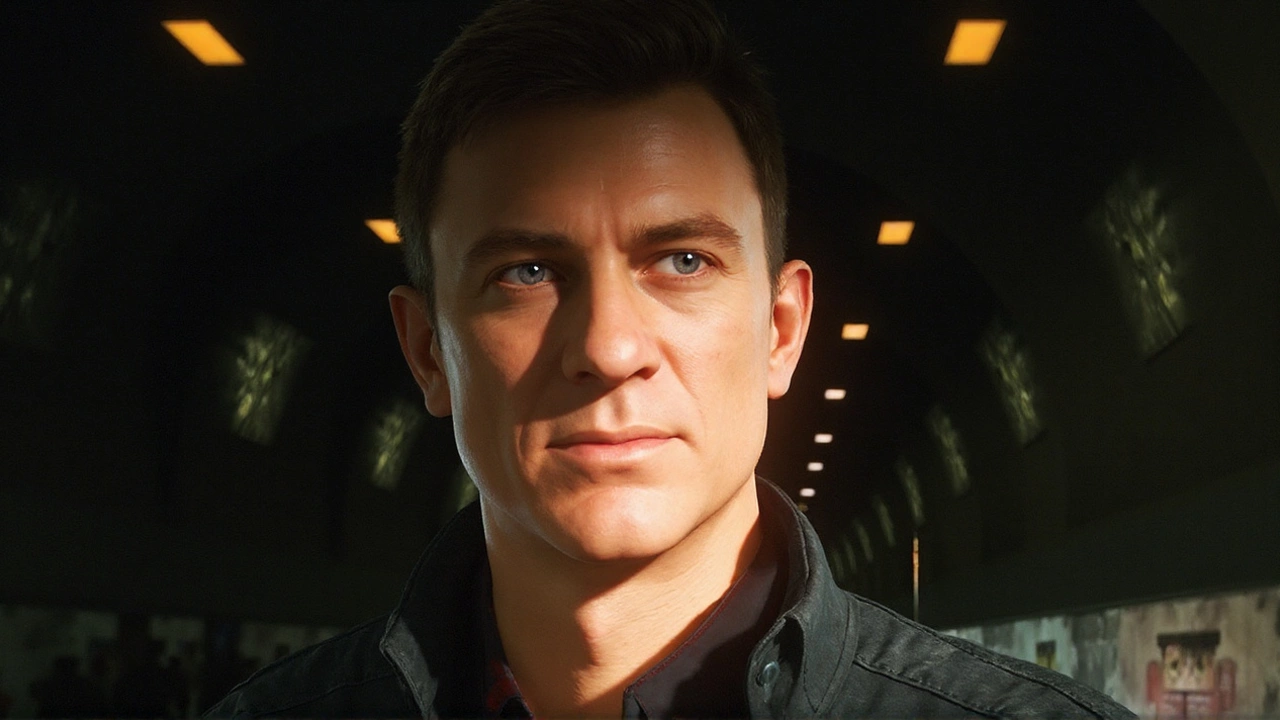James Bond is finally back in games with a firm date. IO Interactive has set March 27, 2026 for 007 First Light, a fresh origin story that follows a young recruit as he stumbles, learns, and ultimately becomes the agent the world knows. It’s launching on PlayStation 5, Xbox Series X|S, Nintendo Switch 2, and PC—marking the most ambitious platform rollout IOI has attempted since its Hitman reboot.
This time, Bond isn’t a polished legend. He’s a sharp, sometimes reckless newcomer pushing through MI6 training. Patrick Gibson voices the lead, playing Bond with the mix of nerve and vulnerability you expect from someone who hasn’t yet earned his license to kill. The framing is simple: show how the skill, the swagger, and the scars got there.
The cast and the story IOI wants to tell
The cast reads like a who’s who of steady, grounded screen presence. Lennie James plays Greenway, the mentor figure tasked with knocking the edges off Bond and keeping him alive long enough to learn. Priyanga Burford steps in as M, setting the tone from the top. Alastair MacKenzie is Q, the quiet counterweight with the toys and the rules. Kiera Lester takes on Moneypenny, positioned here as an early, outspoken ally. And Noémie Nakai appears as Ms. Roth, the mystery in the room—an operator whose motives stay just out of reach.
IOI says the game tracks Bond’s path from trainee to MI6’s best field agent, with a central chase: a rogue operative who always seems a step ahead. That setup gives the studio license to move across continents, throw Bond into shifting alliances, and let the player decide whether to climb, sneak, or bluff through problems. You’ll get the cars, the tech, the sharply dressed party where everyone smiles too much—core pieces of Bond worldbuilding that still work when the lead is learning on the job.
Don’t expect a movie retread. IOI has long pitched its Bond as an original take, shaped for games rather than tied to any one film. The goal isn’t to cosplay a famous scene; it’s to build a space where spy work—reading a room, planning an exit, bending a rule—feels interactive and risky. That’s the thread that runs through the studio’s own history and it fits the character.
The latest trailers lean into that mix. You see infiltration across rooftops and courtyards, aerial combat that looks claustrophobic rather than flashy, and the quick switch from charm to chaos when a plan blows up. It’s cinematic, sure, but the shots focus on movement and options, not just explosions.
How it plays and why it matters
On paper, the design lets you approach missions a few ways: go quiet and manipulate social spaces, move in with fists or firearms, or combine them as situations shift. The promise is flexibility, not a single “right” approach. Your gadgets are there to open routes and bend rules—less magic trick, more problem solver.
Stealth looks grounded. Social manipulation—winning trust, distracting a guard, getting a door opened without pulling a weapon—sounds like a core pillar. That plays to the fantasy of being a spy, not a tank. When plans fail, the game appears happy to roll with it rather than send you back to a checkpoint.
Combat, when it hits, feels close-quarters and punchy, with clean transitions between melee and gunplay. IOI has a track record with systemic spaces where AI reacts to noise, disguise, or timing. While this isn’t Hitman in a tux, the studio’s experience with readable, reactive levels is clearly a foundation here.
All of this runs on the Glacier engine, IOI’s in-house tech built to handle layered environments, dynamic crowds, and real-time lighting. The engine has always favored systemic play—give the player a toolbox, set rules, and let outcomes emerge. That’s well suited to a Bond story where improvisation matters more than bullet count.
Beyond the main campaign, there’s a replay system that lets you revisit missions with modifiers. That’s a smart way to stretch the design. Swapping a loadout, imposing a time limit, or altering enemy behavior can turn a familiar space into a new puzzle. If it’s tuned right, it should reward experimentation rather than perfect runs only.
Vehicles and set pieces are part of the package. Expect the swing from quiet reconnaissance to loud exits, the narrow alley chase that punishes oversteer, and the tidy maneuver that buys just enough time for a clean getaway. The trailers also tease aerial sequences that look more tense than arcade, suggesting a focus on precision over spectacle.
On platforms, the lineup is broad: PS5, Xbox Series X|S, Nintendo Switch 2, and PC, all slated for March 27, 2026. Pre-orders are live, and there’s a free Deluxe Edition upgrade as an incentive. IOI hasn’t spelled out the full content differences yet, but the upgrade suggests cosmetic or early-access perks typical of deluxe tiers.
This is the first marquee Bond game in years, and the license brings both hype and risk. Fans want the tone right: cool under pressure, sharp humor, consequence without cruelty. Anchoring it in a formative chapter gives IOI room to make mistakes part of the character—your Bond learns, fails, and adapts. That’s a natural fit for a game where player choice drives outcomes.
The cast signals that voice and performance will carry a lot of weight. A mentor who actually mentors, an M who isn’t just a mission giver, a Q who solves problems without turning them into magic—those are roles that can shape a scene before a single shot is fired. If the writing gives them space, their presence could ground the flashier moments.
What to watch next? Deeper gameplay walkthroughs with uncut sequences, specifics on the replay modifiers, and a clearer look at how social spaces work when plans go sideways. Technical details will matter too—frame rate targets, features on each platform, and how the Switch 2 version stacks up.
For now, the picture is clear enough: a young Bond, a flexible mission structure, and a studio that knows how to build levels you want to revisit. The date is set, the cast is locked, and the pitch is focused on choice over spectacle. If IOI sticks the landing, this could be the modern Bond game that actually feels like the job.


